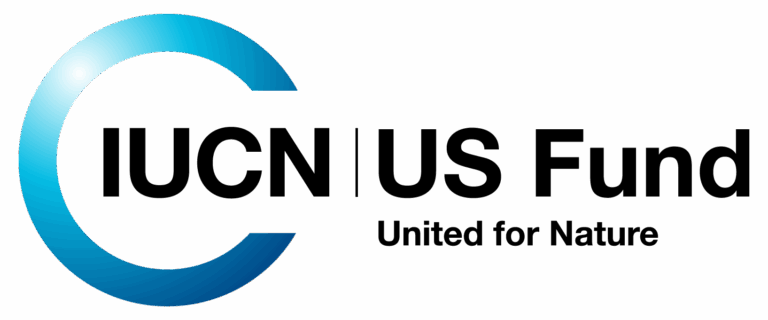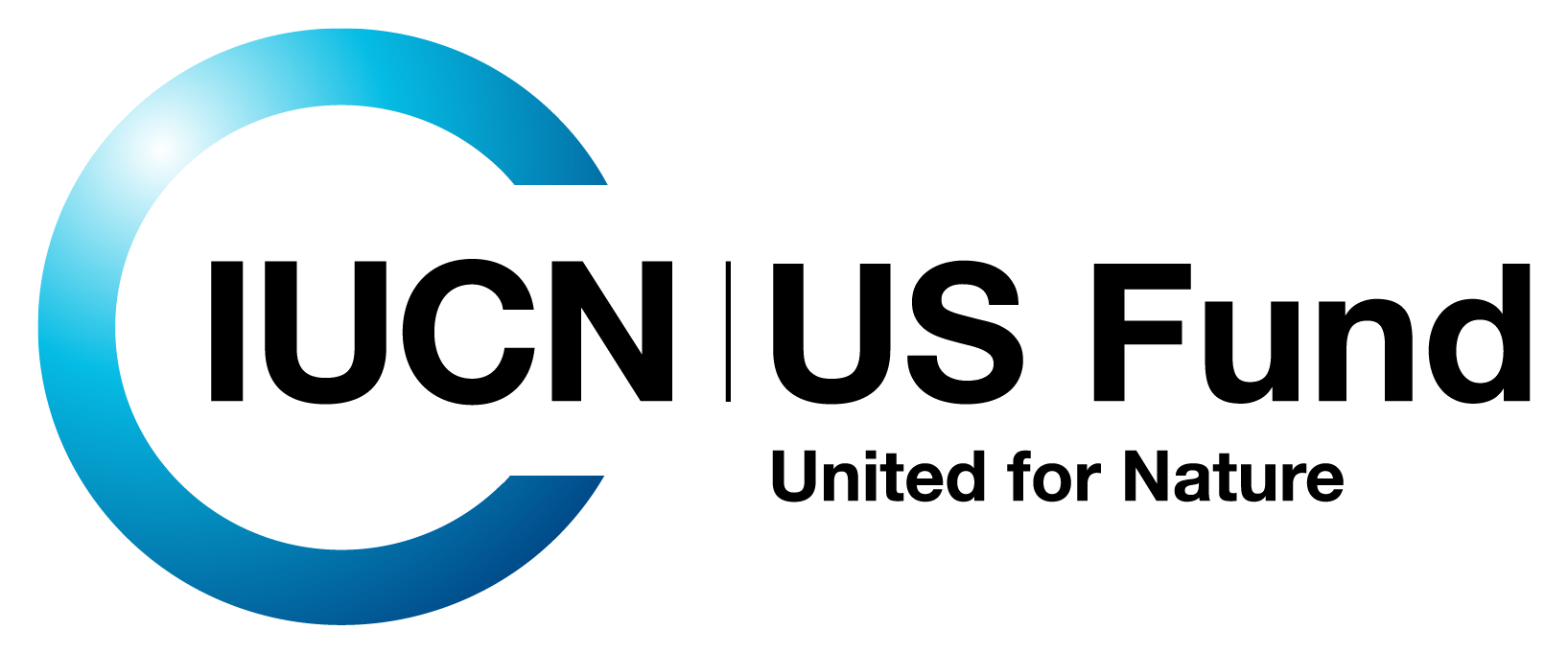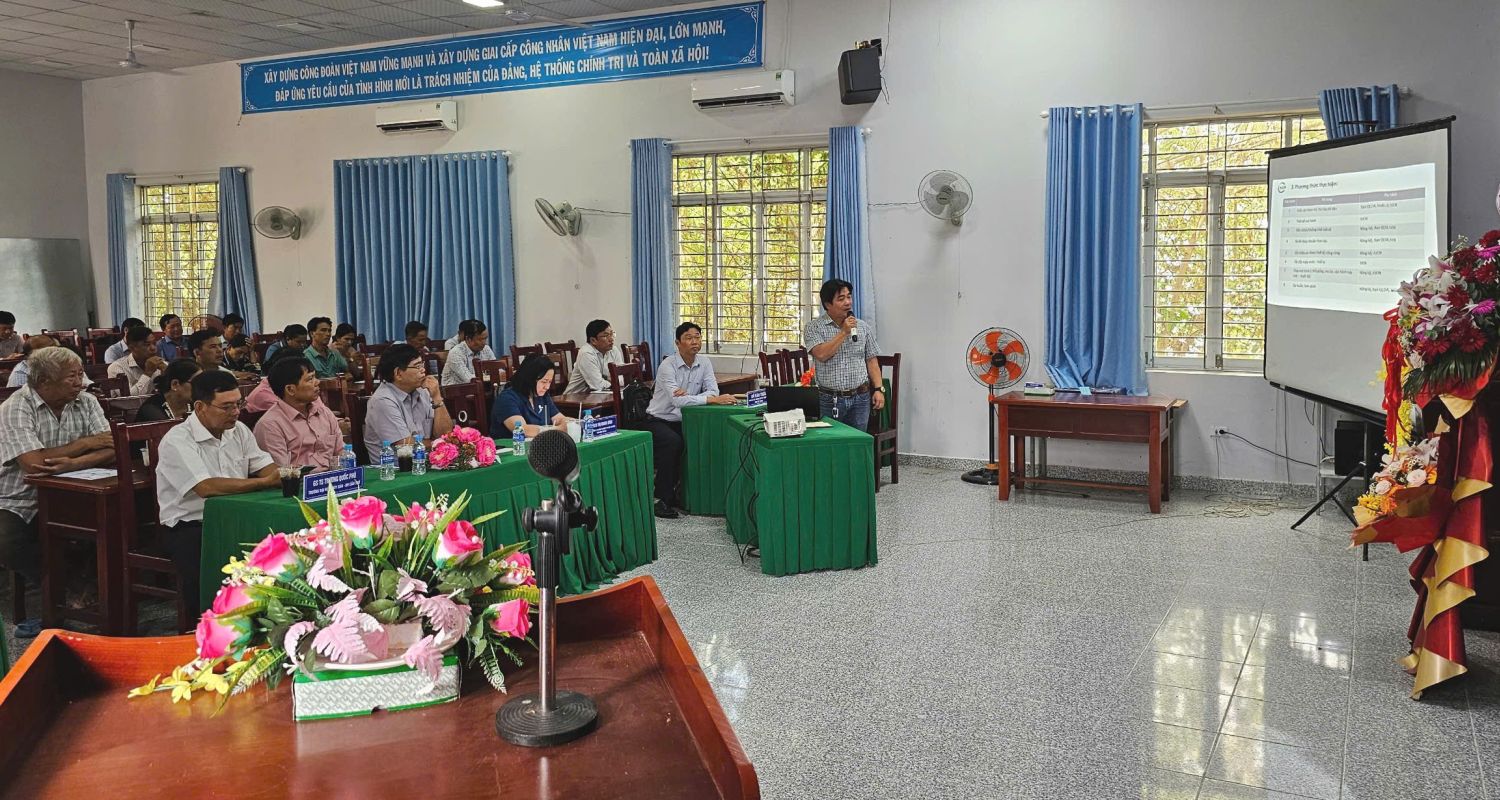IUCN has been working alongside the Albanian Ministry of Tourism and Environment in the development of the Vjosa Wild River National Park. The Vjosa River is one of the last free-flowing rivers in Europe – holding vast ecological and cultural importance. However, the river has been under threat from a series of development projects. At one point, this included 45 hydropower plants that were set to be constructed. To protect the natural treasure, the Albanian government, with the support of partners like IUCN-US and IUCN’s Protected and Conserved Areas Team, has established the Vjosa River National Park.
In another section of the Vjosa river system, at the heart of the new park, the Albanian Rural Water Supply IV Project (Lot 1) was planned for infrastructure development on the Shushica River. From June to October of 2024, IUCN produced a Mitigation Hierarchy Assessment (MHA), which applies IUCN Standards, including IUCN Green List Standard and IUCN Protected Area Category II – National Park criteria. The recommendations, compiled in the Vjosa Wild River National Park MHA for the Rural Water Supply IV Project at Shuschiva River, Albania, provide objective, rapid assessment reports to aid the decision-making of the Albanian Government through scenarios and methodologies of the IUCN Mitigation Hierarchy.
How does the MHA work?
IUCN provides guidelines for infrastructure and development projects near areas of significant biodiversity and ecological value, including national parks. The process includes four steps (avoid, minimize, remediate, and offset), which prioritizes, first, avoiding negative impacts to ecosystems and biodiversity. In cases where avoidance is impossible, recommendations for impacts to be minimized and remediation/restoration efforts to be taken on affected areas is advised. Finally, the Mitigation Hierarchy provides steps for ecological compensation for residual impacts to achieve no net loss or gain of biodiversity. Each assessment step ensures projects follow international conservation standards and guarantee long-term ecological and economic stability.

The report is a component of the Phase II of the operationalization of Vjosa River National Park during which management structures, funding mechanisms, and an Integrated Management Plan for the park are established. Funding for MHA report and Phase II developments for the Vjosa River National Park is made possible through project grants overseen by IUCN-US, thanks to the support of the Holdfast & Marin Community Foundation.


